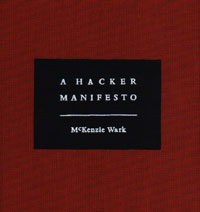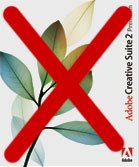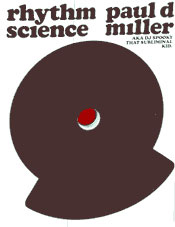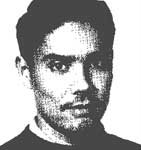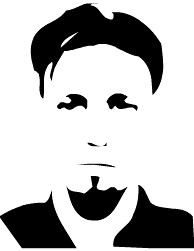visiting artists :: derek holzer & sara kolster

The artist team of Derek Holzer (sound) and Sara Kolster (visual) work together to create new meaning by integrating sound and image. Although considered autonomous disciplines, sound and image have always been interrelated in both life and art. A monster example would be cinema, where sound and the moving image are both matched perfectly (almost formulaic) in order to create maximum effect on the viewer. An important artistic distinction between cinema and the work created by Holzer/Kolster is that their audio and video retains the unique individual qualities inherent in both sound and image, even when performed synchronously. I actually saw Derek and Sara perform at FILE 2003 in Sao Paulo, well almost... Sara's video was PAL and unfortunately the display equipment at the venue was NTSC so Derek had to perform his sound piece solo. I could go on an endless rant for the need for universal media technology standards but that is a whole other post.
Derek and Sara also presented a screening of visibleSOUND/audibleIMAGE which was a compilation of important (and historic) examples of sound and image:
- Steina & Woody Vasulka: Violin Power (US, 1978) & BAD (US, 1979)
- Servaas: 4 Poems (NL, 1981)
- Matthew Schlanger: Lizard Hearts (US, 1986)
- Nicolas Provost: Papillon d'Amour (BE, 2003)
- Jan van Nuenen: SET_4 (NL, 2003)
- Bas van Koolwijk: five (NL, 2002)
Check it out and contribute your sound. http://soundtransit.nl/
 nophoto
nophoto
